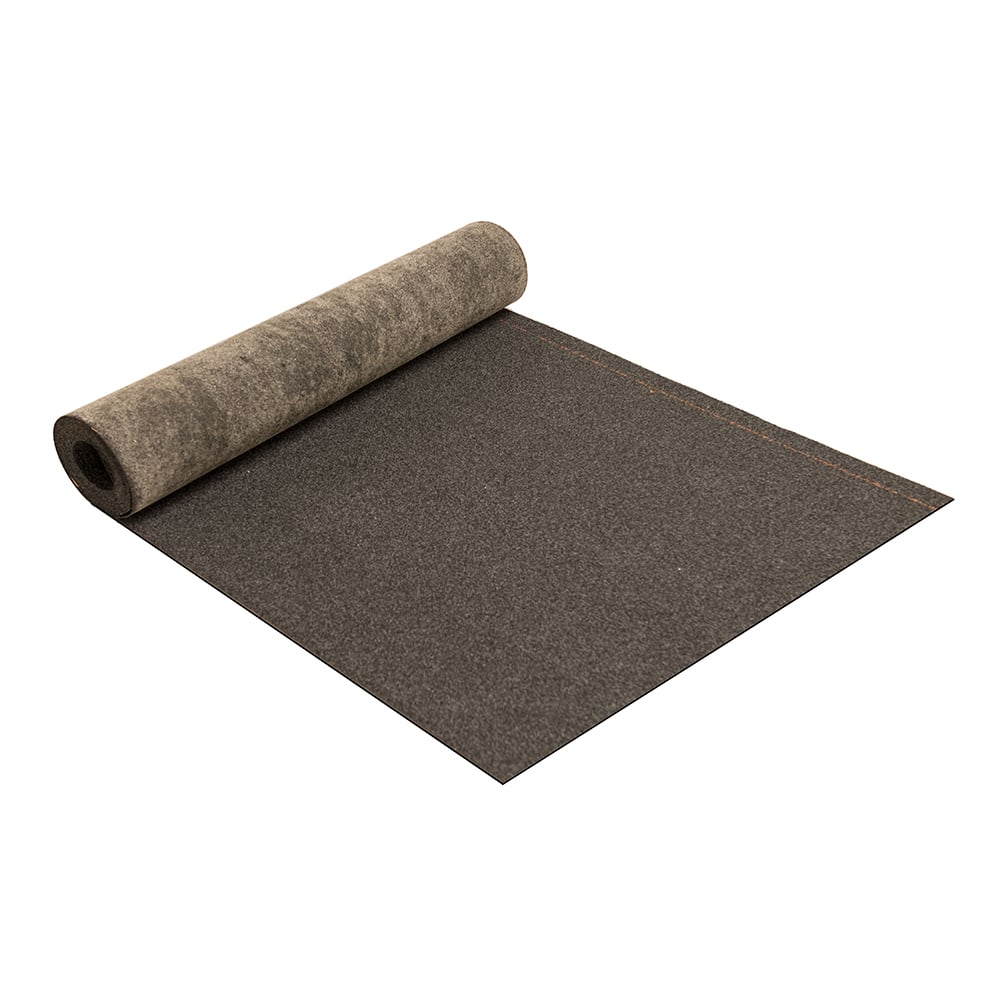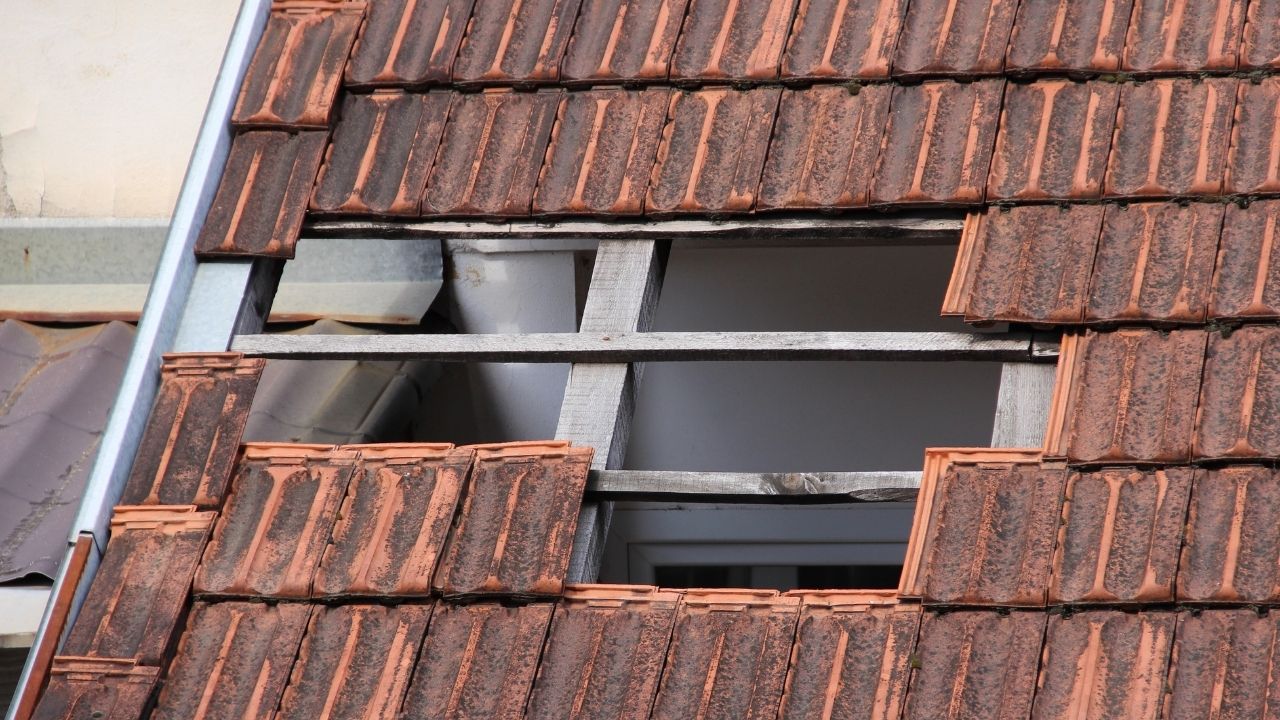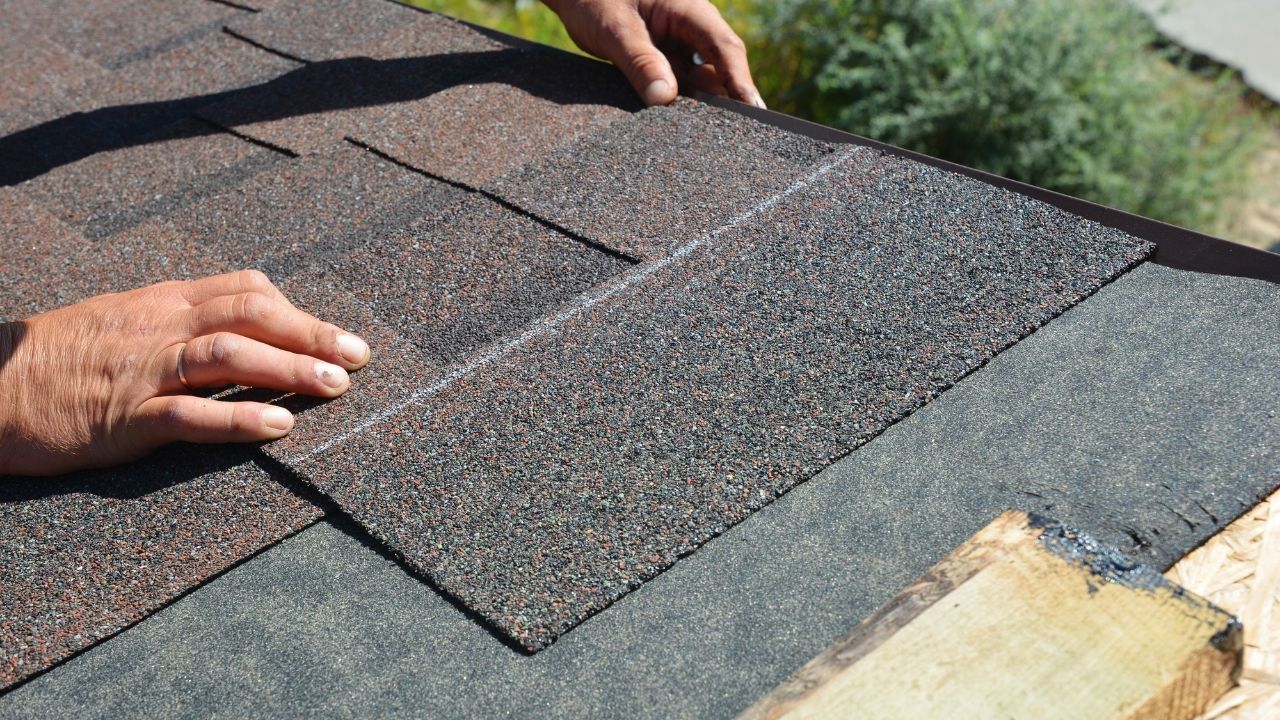
There are many types of roofing drainage systems. A downspout drainage system is the most common. It is responsible for carrying water away from scuppers, and directing it to the ground. These drainage systems are usually made from cast iron and are very durable. A protective cover is also included to keep debris from getting in. The disadvantage of cast iron is that it is pricey and requires regular maintenance. Polyvinylchloride drainage systems, which are less expensive and have more versatility, are better.
There are three basic types for roof drainage systems. The most common is the RD-300 AC roofing drain. It features a reliable compression seal that minimizes leakage. An RD300 AC roof drainage system is another type. This drain system has a domed strainer which can be adjusted between one and three-and-a half inches in size. These drainage systems are made of epoxy-coated cast Iron and have a self-locking dome of polyethylene.

There are two types. Positive roof drainage systems employ siphoning as a drainage system. These are more common on flat commercial roofing. They also require fewer roof drains than the other types. In addition, these systems are cheaper than others, and the installation process is much simpler. They do require more maintenance than other roofing drainage systems. This drain system doesn't require as many sloped roofs as other types.
A primary roof drain is connected to other parts of the roof drainage system. It is responsible for transporting rainwater to ground or other disposal areas. These drainage systems, also known as overflows, are called rainwater harvesting systems. These roof drains will always have a two-foot water dam. The water dam can be either external or inner. They are especially effective when large amounts of water accumulate on roofs. A secondary roof drainage system will be required if the primary one is blocked.
There are many types to choose from when it comes to roofing drains. Some are hidden while some are visible. You must ensure that your inner roof drainage system is properly installed. The best way to avoid flooding your home is to choose a lower channel over a higher one. These are more effective, but it is important to not flood your home with water if you install the inner roof drain inside the roof.

The most popular type of roofing drain is the scuper. They are placed on the roof's edge and designed to keep water from pooling. These gutters are made of sheet metal and usually come with a gutter or downspout. They may also be attached directly to the roof, or secured using an underground clamp. It all depends on where the drain is located. It should be located at the parapet's center, with the slope toward the building's outside wall.
FAQ
How can I find a reliable contractor?
Ask your family and friends for recommendations when choosing a contractor. Look online reviews as well. You should ensure that the contractor you select has experience in the field of construction you are interested. Ask for references and check them out.
Is it worth the extra cost to build or remodel a house?
There are two options available to you if you're considering building a home. The other option is to purchase a prebuilt home. This type of home can be moved in to immediately after it is built. Another option is to build a custom home yourself. You will need to hire a professional builder to help design and construct your dream home.
How much time and effort you put into designing and planning your new home will determine the cost. It will take more effort to build a custom-built home because you'll be required to do most construction work. But you still have control over the materials you choose and how they are placed. It might be easier for you to find a contractor who has experience building custom homes.
A new home can be more costly than a remodelled home. The reason is that you'll need to pay more for the land, as well any improvements. Permits and inspections are also required. The average price difference between a new home and one that has been renovated is between $10,000 and $20,000.
Can I rent a dumpster?
A dumpster can be rented to dispose of your debris after you have completed your home renovation. Renting a dumpster to dispose of your trash is a great option.
How to sell my house fast without having to pay realtor fees?
Start searching for buyers immediately if you're looking to sell your house fast. This means that you should be willing to accept whatever price the buyer offers. If you wait too long you might lose out on potential buyers.
Do I need an architect or builder to help me?
You may find it easier to hire someone else to complete your renovations if you own the home. However, if you are planning to buy a new home, then hiring an architect or builder will help you make sure that you get exactly what you want.
Do you prefer to hire a general contractor, or a subcontractor for your project?
Hiring a general contract is typically more costly than hiring subcontractors. General contractors often have many employees and charge clients high labor costs. On the other hand, a subcontractor only hires one employee, so he or she charges less per hour.
Which room should I renovate first?
The heart of any house is the kitchen. It's where most people spend their time cooking, entertaining and relaxing. If you're looking to make your kitchen more functional, attractive and beautiful, this is the place for you!
It is also an important component of any home. It provides comfort and privacy while you take care of everyday tasks, such as bathing, brushing teeth, shaving, and getting ready for bed. Consider adding storage to these rooms and installing a tub instead of a bathtub. You may also want to replace old fixtures with modern ones.
Statistics
- Rather, allot 10% to 15% for a contingency fund to pay for unexpected construction issues. (kiplinger.com)
- On jumbo loans of more than $636,150, you'll be able to borrow up to 80% of the home's completed value. (kiplinger.com)
- The average fixed rate for a home-equity loan was recently 5.27%, and the average variable rate for a HELOC was 5.49%, according to Bankrate.com. (kiplinger.com)
- According to the National Association of the Remodeling Industry's 2019 remodeling impact report , realtors estimate that homeowners can recover 59% of the cost of a complete kitchen renovation if they sell their home. (bhg.com)
- They'll usually lend up to 90% of your home's "as-completed" value, but no more than $424,100 in most locales or $636,150 in high-cost areas. (kiplinger.com)
External Links
How To
Five Things You Need to Know Before You Begin Your Home Renovation
-
Are you sure that this is something you want to do? If you are planning to do major home improvements like renovating your bathroom or building new houses, you will likely need help. It's possible to feel overwhelmed by such a large project. You could lose a lot of time and money and not reap any real benefits. Instead, hire someone who has experience in this field to assist you. You'll be able to save a lot of time and stress while still having a lovely space to call your own.
-
How much should a project cost? This might sound obvious, but spending too much money on a renovation could lead to more problems. This is because most of the cost will be recouped at the end. You should stick to your budget, even if it's a tight one. A lack of a budget could mean that you end up spending a fortune and getting nothing in return.
-
Should I hire professional tradespeople or DIY? - Although there's no right answer, we would recommend hiring professionals if you have the means. They can give you sound advice about how to proceed with your project. They will be able to install the plumbing properly, make sure everything is safe, and give you a warranty after they are done. DIY projects are often a trial-and-error process, so you'll need to learn a lot from your mistakes. You will also need to deal with the many issues that arise during the process.
-
How much can I afford it? Do not underestimate the costs of a renovation. Even if you believe you can handle it yourself, it might be necessary to borrow money from your family or friends just to cover the costs. And if you're planning to sell your current property soon after completing the renovations, you'll definitely need to factor in the price of selling it into your calculations.
-
Where should I begin? There is no right or wrong place to begin when it comes to starting. We recommend that you pick something that you are passionate about. If you enjoy what you do, you will be more motivated to continue working and less likely procrastinate. Avoid places that need a lot of attention. If your living area is constantly cluttered with dust and dirt, you should not attempt to redesign it.